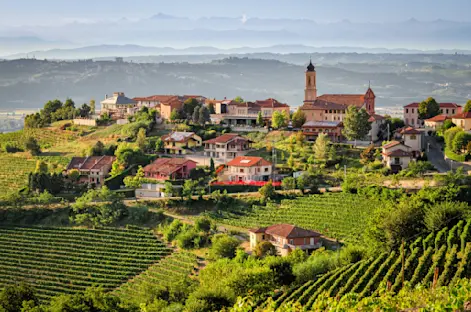
Ethnobiology is the study of the interconnectedness of biota (all the organisms that live in a particular habitat), environments and peoples. It encompasses both ethnobotany, the relationship between humans and plants; and ethnozoology, the kinship and lore between humans and other animals.
Conservation is growing up. The field is no longer just about how to protect an animal group’s numbers and making efforts to keep it from going extinct by identifying key habitats and focusing on natural resource management. Ethnobiology has entered the conservation space in a big way.
An interdisciplinary field of study that explores the complex relationships between human cultures and the natural environment, ethnobiology brings community, culture and ecology together. It encompasses a broad range of topics—from the traditional knowledge of Indigenous communities to the conservation of biodiversity—and connects scientific research with real-world contexts. It’s a perspective that views humans not as separate from nature, but as part of ecological systems.
Ethnobiologists investigate not only the biodiversity of an area but also the relationship that communities have with surrounding species, providing a better understanding of local dynamics and areas needing special attention for conservation. After all, no one knows a place better than those who have lived there for generations. This deep familiarity allows for early detection of changes or environmental shifts. Additionally, developing a collaborative project with residents generates greater engagement, as people recognize themselves as active contributors. Collective participation is essential for effective conservation.
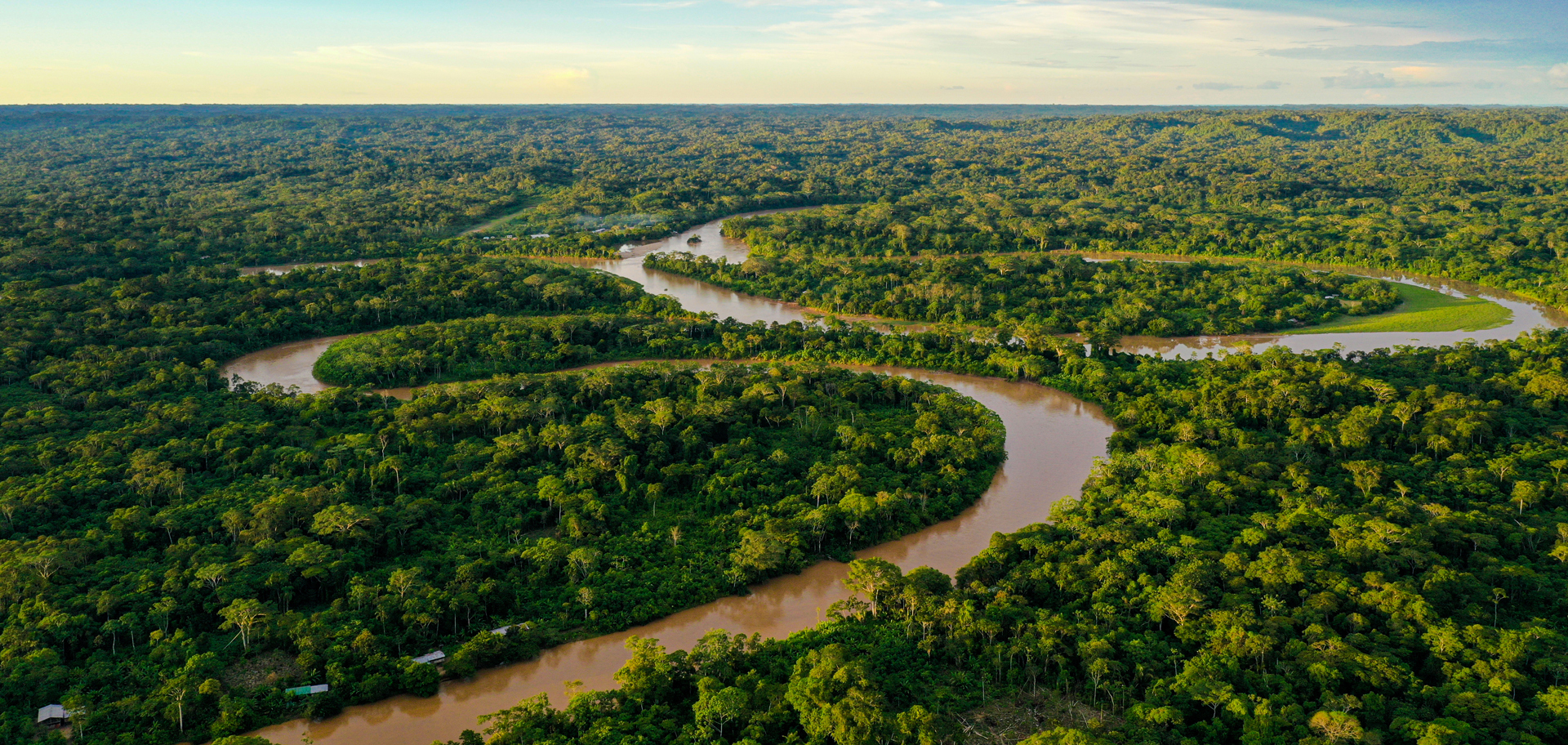
Some Indigenous communities have associated the nature and shape of the Amazon River with the anaconda because of how the river curves. In these communities’ cosmology and mythical stories, anacondas are responsible for having created celestial phenomena, humankind and the world.
An ethnobiological study: the anaconda
The relationship between humans and snakes has been permeated by legends and myths since biblical times. The emotions surrounding snakes vary greatly by region, making them—like wolves—among the creatures that elicit the most ambiguous and contrasting feelings in people. However, in addition to the fear of snakes—which could have a genetic bias—in many parts of the world, snakes are often associated with evil and are linked to frightening stories. Such factors contribute to the creation of barriers to our fostering a positive relationship with these reptiles.
In the Amazon, one of the greatest myths is about the “Cobra Grande,” the Great Snake, a huge reptile that is said to inhabit the Amazon River and sleep beneath the ground. According to the varzeiros (riverine people who live in periodically flooded areas known as varzea) of the Lower Amazon River in Brazil, the Great Snake is an anaconda that has grown too large; its movements can shake the river’s waters, and its eyes look like fire in the darkness of night. People say anacondas can grow so big here that they can swallow large animals—including cattle or humans—without difficulty.
Brazil has a high diversity of serpents, with 463 catalogued species, 23 of which are endemic. Legends about snakes in Brazil have been reported in similar ways for more than a century, reflecting a deeply rooted fear and strong emotional element in how information is shared. Furthermore, a lack of knowledge about most Brazilian snakes exacerbates their slaughter, as people tend to fear the unknown. The primary reaction when people feel threatened by snakes is often to kill them as a precautionary act of self-defense. This issue is particularly significant when it comes to distinguishing between venomous and nonvenomous snakes due to widespread misconceptions.
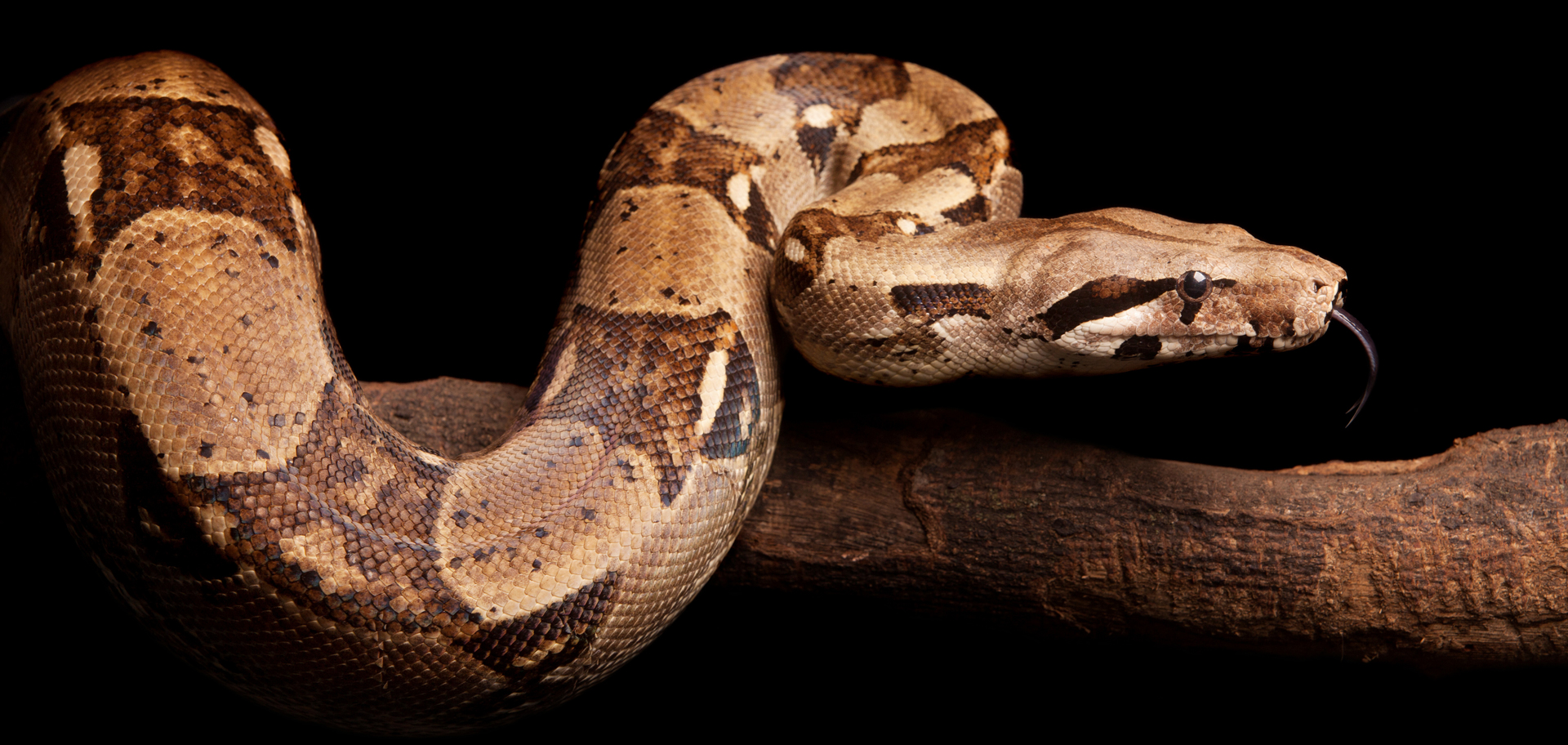
Brazil is home to a diverse array of snake species, including vipers like the golden lancehead, jararaca and the South American rattlesnake. Nonvenomous snakes, like the boa constrictor pictured above, are also present.
However, few studies have investigated the contemporary relationship between Brazilians and these animals. So, recently, ethnobiologists from Brazil’s Instituto de Desenvolvimento Sustentavel Mamiraua and the Center for Advanced Amazonian Studies at the Federal University of Para analyzed different narratives from local communities, digging out some significant points behind the conflicts between residents and their anaconda neighbors, aiming to understand the main causes of killings and to explore potential arguments to prevent them.
The researchers used interviews, totaling approximately 43 hours and 21 minutes of conversations with people of different ages, genders and occupations. Based on the main subjects discussed in the interviews, the scientists created 18 major topics about the anaconda that permeated most of the narratives: accident cases, anaconda characteristics, chicken coops, defensive reactions, density differences, ease of encounters, emotional aspects, encounter cases, encounters in 2023, frequency of appearances, the Great Snake legend, hunting cases, interviewee activity, pregnant anacondas, reactions to encounters, venom, uses and years of residence. For better data utilization, they divided each topic into subtopics (ranging from four to 14 divisions each), within which they categorized the collected information.
The findings, published in the journal science Frontiers in June 2025, reveal that local people possess advanced biological and ecological knowledge about the anaconda, particularly its feeding and reproductive behaviors. However, their perceptions of these snakes remain predominantly negative. The scientists identified a cultural aspect in the act of killing anacondas, as men often expressed the perceived necessity to do so. Most notably, the science team observed that the primary trigger for these killings was anger due to economic losses, while fear acted as a deterrent to slaughter.
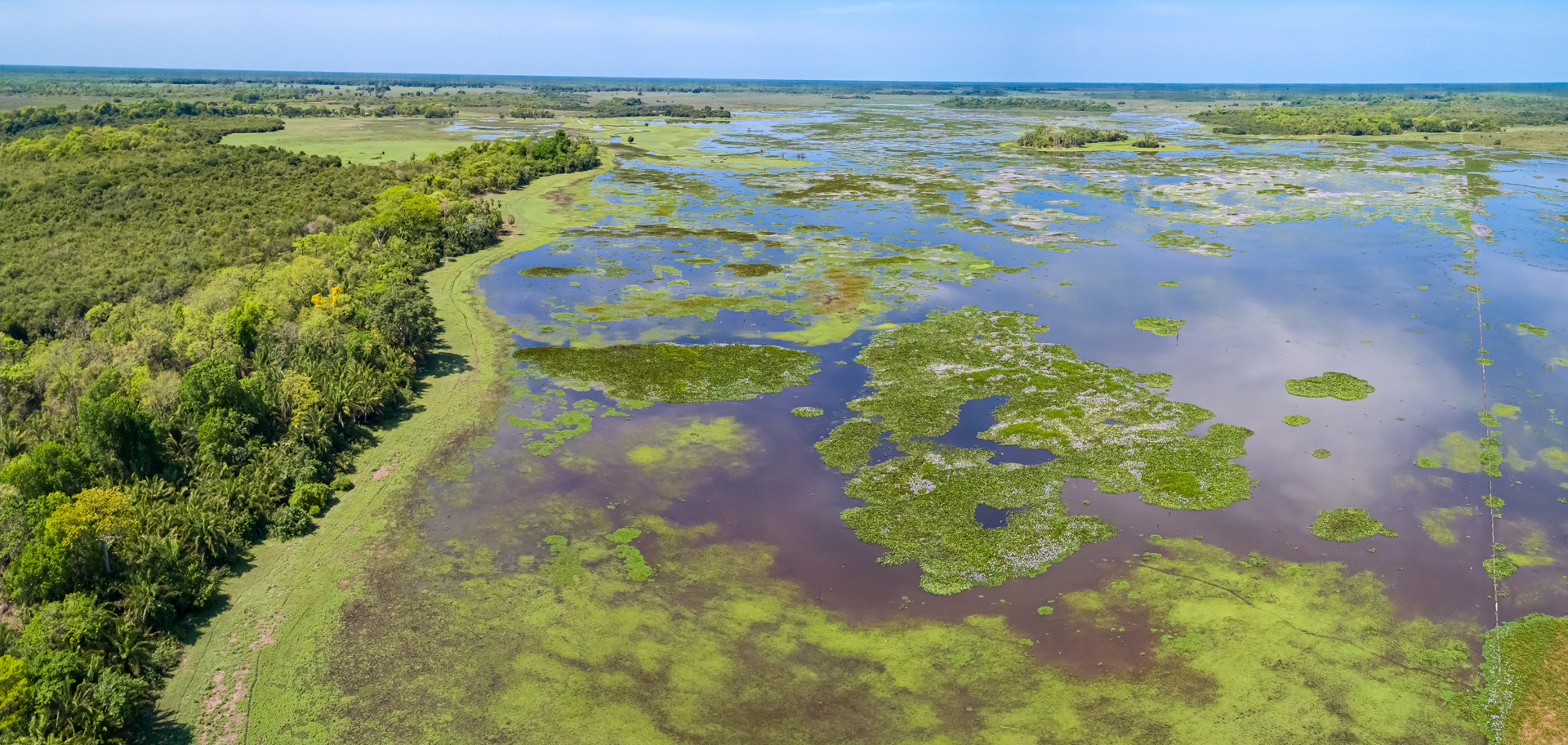
In Brazil, the Amazon River carries enormous amounts of sediment, depositing much of it in its own floodplains. This means floodplains are constantly modified by the river, alternating between dry and flood cycles. Contact between anacondas and residents are more frequent during flood periods.
Fear of the anaconda (identified in 44.5% of the reports) is related to the belief that the snake is a sly and treacherous animal. The interviewees conveyed that the anaconda is a silent creature that arrives without making any noise, causing them to feel uneasy and always vigilant during fishing (in 22.7% of the reports, “precaution/respect” emotions were mentioned), along with the fear of having their canoes flooded in case of an attack. Some dwellers even reported being more afraid of an anaconda than of a crocodile because the latter warns when it is about to attack. Other emotions related to the anaconda include anger (8.2%), particularly when the animal is near chickens; aversion (4.5%); and indifference or neutrality (20%, disliking anacondas or stating that they feel neither anger nor fear).
When talking about anacondas with the varzeiros, the scientists found that one thing always came up: chickens. “Chicken is her [the anaconda’s] favorite dish. If one clucks, she comes,” said one resident. This kind of remark helps to explain why the conflict is often framed in economic terms, emphasizing the financial impact of losing domestic animals: “The biggest loss is that they keep taking chicks and chickens…” or “You raise the chicken—you can’t just let it be eaten for free, right?”
For the varzeiros, it’s a loss of investment; especially since corn, which is used as chicken feed, is expensive. As one person put it: “We spend time feeding and raising the birds, and then the snake comes and takes them.” One dweller shared that, in an attempt to prevent another loss, he killed the anaconda and removed the last chicken it had swallowed from its belly—“it was still fresh,” he said—and used it for his meal, cooking the chicken for lunch so it wouldn’t go to waste.
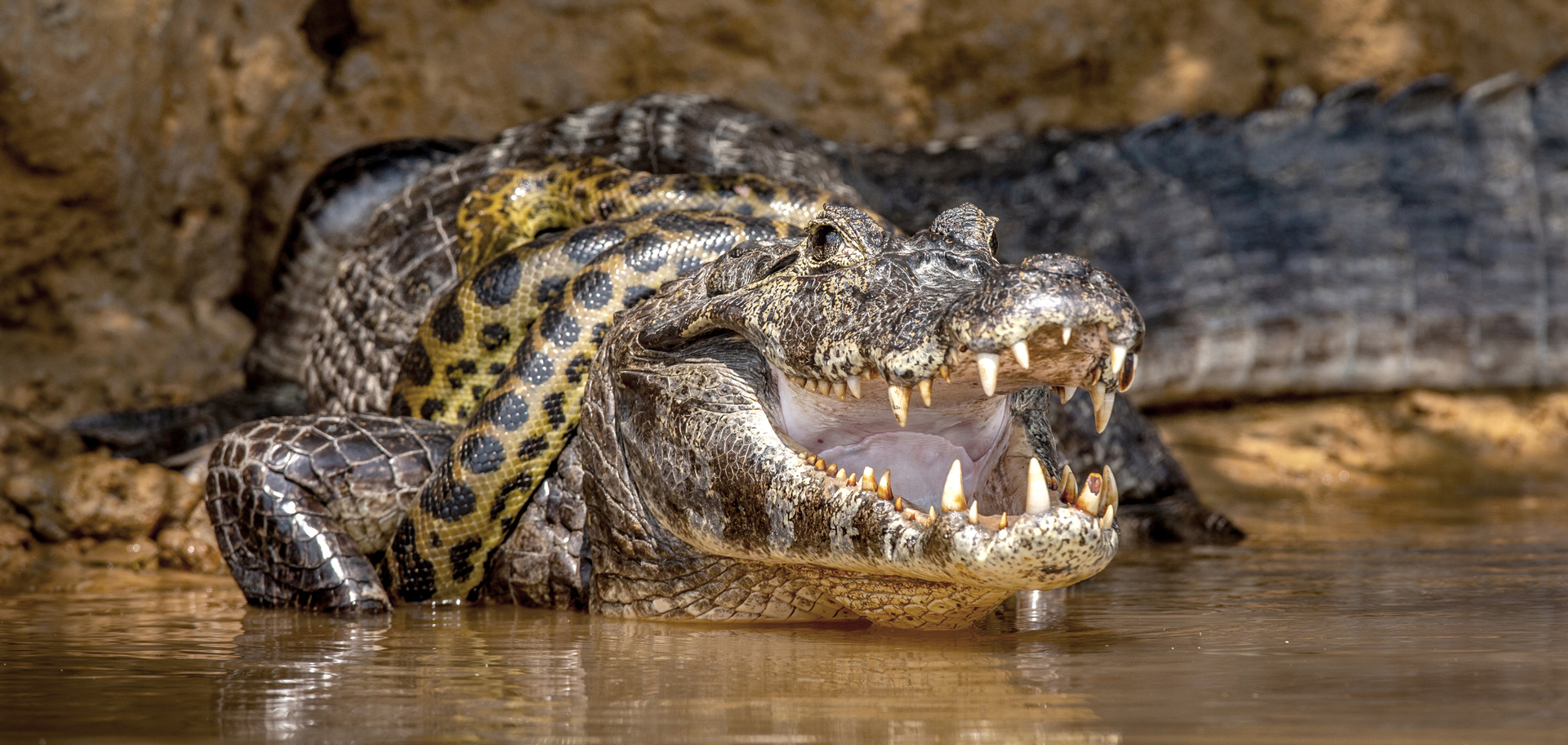
Some Brazilians reported being more afraid of an anaconda than of a crocodile because the latter warns when it is about to attack. Anacondas have come to be seen as stealthy thieves.
Some interviewees reported that they had to rebuild their chicken coops and pigsties because too many anacondas were getting in. Participants would point out where an anaconda had entered and explain that the animal came in through cracks or gaps but couldn’t get out afterwards because it tufavam—a local term referring to the snake’s body swelling after ingesting prey.
The ethnobiologists saw chicken coops made with mesh or nylon; some that worked and some that didn’t. Guided by the locals’ insights, they concluded that the best solution to compensate for the gaps between the wooden slats is to line the coop with a fine, nylon mesh on the inside (to block smaller animals); and on the outside, place a layer of wire mesh, which protects the inner mesh and prevents the entry of larger animals.
The researchers suggest that a collaborative management plan and conservation strategy for anacondas be developed, with an emphasis on protecting the local economy. Improving henhouse structures and having a strategy for the use or trade of anaconda fat—in some Amazonian communities, green anaconda fat is traditionally used to treat wounds—appear to be promising initial steps.
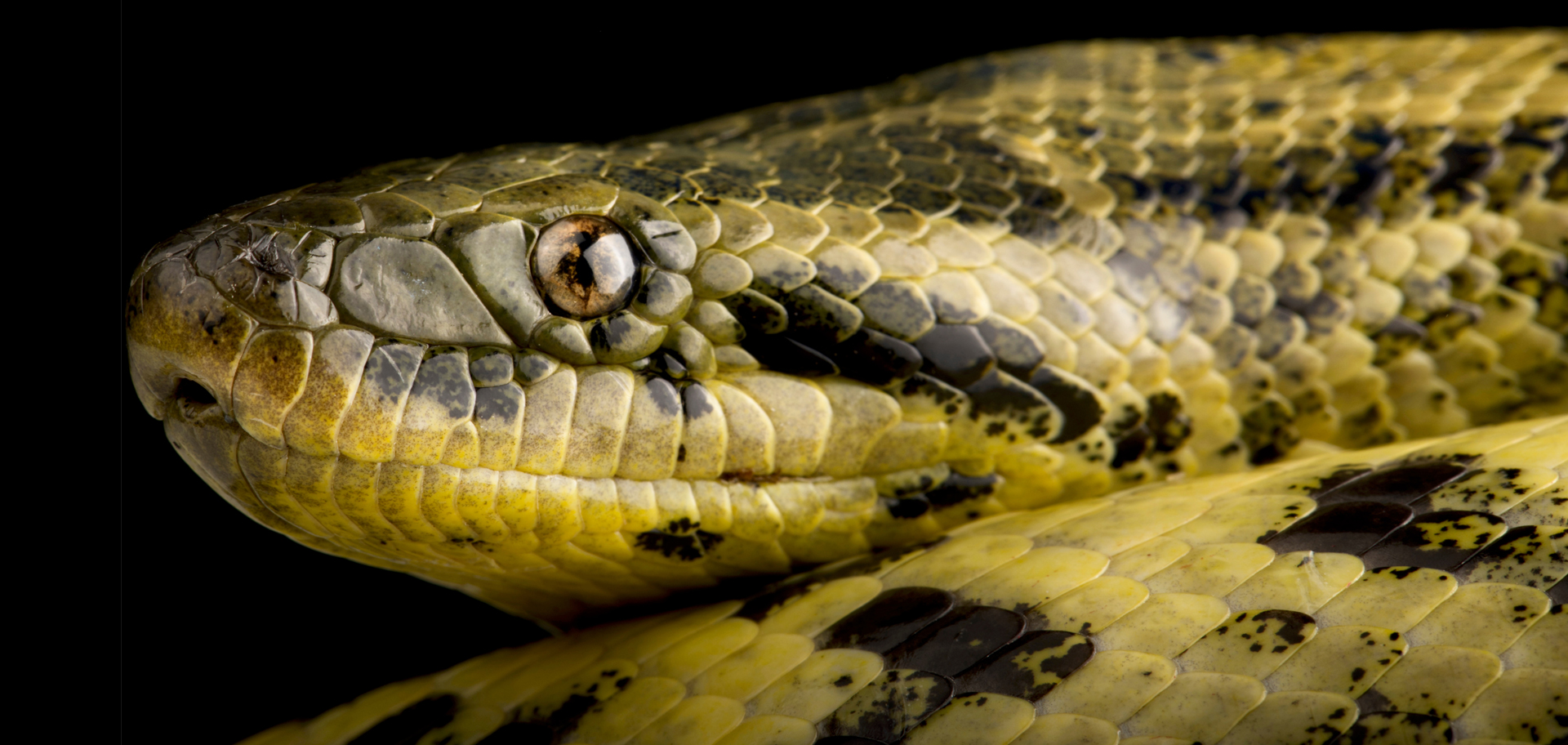
Anacondas are the largest snakes in Brazil, widely known through legends such as the “Cobra Grande.” They are nonvenomous, powerful constrictors that inhabit riparian areas, such as marshes, riverbanks and swamps. The Pantanal, a vast wetland in Brazil, is a key habitat for yellow anacondas.
An ethnobiological rationale: a deep dive into the natural world
Although ethnobiology is an old science, it’s still underexplored and often misunderstood. In some fields, there are ongoing debates about the robustness and scientific validity of ethnobiology and related areas. This is largely because ethnobiological findings don’t always solely rely on hard, statistical data.
However, like any other scientific field, ethnobiology follows standardized methodologies, and no result is accepted without proper grounding. Ethnobiology produces solid and relevant knowledge—especially in the context of conservation and sustainable development. It offers insights that purely biological approaches might overlook, and it helps build bridges between science and society.
For example, the tale of the mythic Great Snake morphs into economic concerns over vanishing chickens, revealing how cultural beliefs and practical needs coexist. By understanding the complex relationships between human cultures and the natural environment, ethnobiologists can inform conservation efforts and promote a deeper understanding of the natural world.
In a time when people and wildlife interactions are increasing globally due to climate change, habitat loss and human population growth, conservation needs to develop and mature.
You could even say it’s time for it to come of age.
Here’s to finding your true places and natural habitats,
Candy















